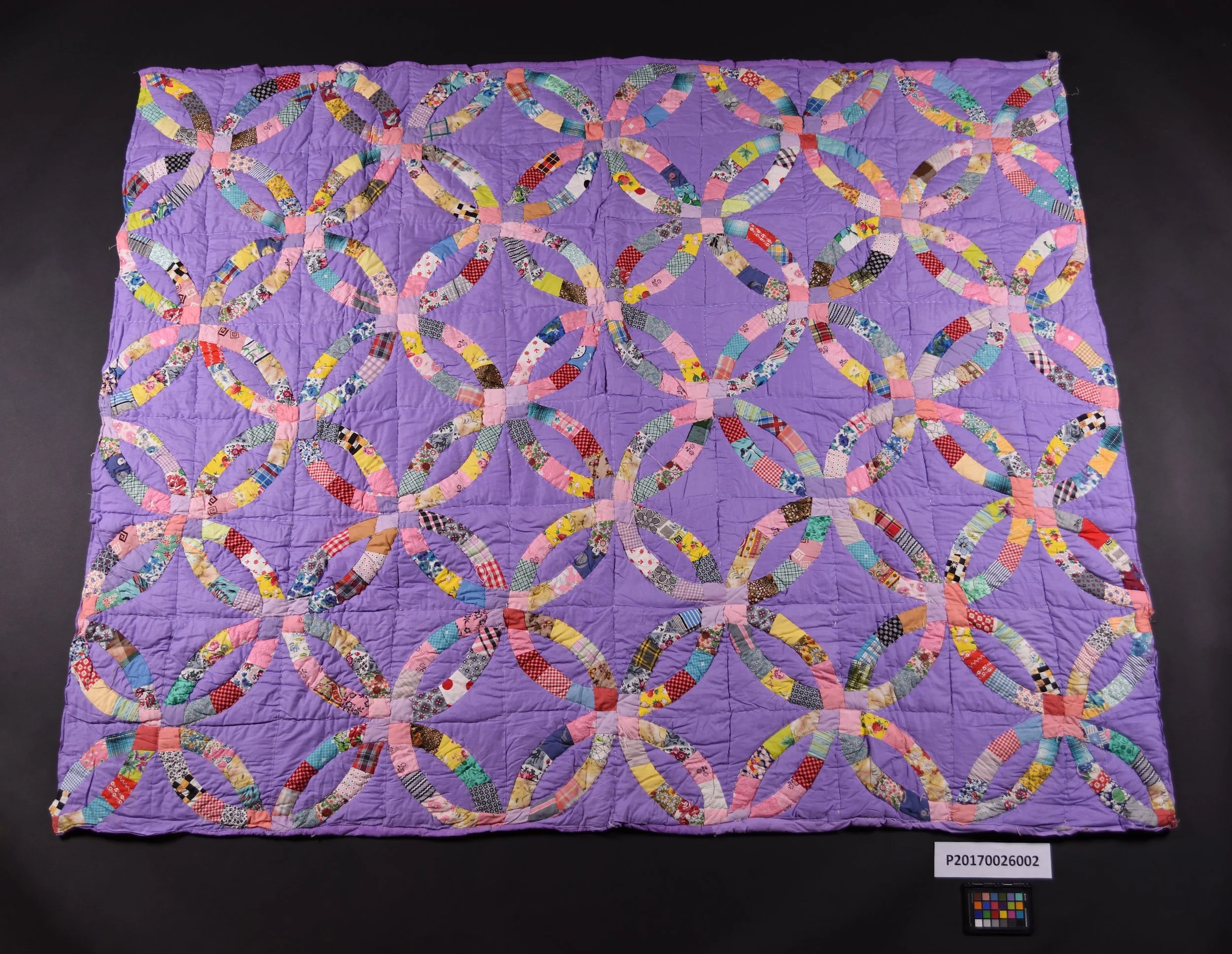100 Years Back: Home Remedies and Cures
Unidentified family portrait, circa 1930s.
Galt Museum & Archives, 20011020479
The settler life in the early twentieth century lacked many basic services that we take for granted today. There was no public health care system. Prior to the 1950s, health care was mostly funded privately. Folks needing medical attention paid out of pocket. Transportation challenges also made it difficult to see a local physician in case of emergency. With the need to pay for medical attention and limited transportation options, most people leaned on their own home remedies to cure and relieve illnesses.
The memoirs of Gower A. Kennedy from Fort Macleod illustrate some 1920s remedies. Chickenpox, scarlet fever, measles and mumps regularly infected residents. Health officers would enforce isolation on those infected by posting a quarantine sign on their front door. Sometimes, the officers also ordered families to fumigate their homes with formaldehyde.
Kennedy remembers that locals believed that both sulphur and molasses had general medicinal qualities. Parents often forced their children to consume doses of those ingredients despite the stink of rotten eggs. One of the side effects was "uncontrollable emissions" that caused public embarrassment at school. Eventually, Kennedy's parents stopped dosing him with this problematic "remedy."
Another "medicinal" substance offered to sick family members was a large dollop of goose grease on a spoon. According to Kennedy, the first dose caused nausea and vomiting, followed by revolt from the siblings of the unfortunate child. His family also dropped goose grease from their list of home "remedies."
One particularly bizarre home "cure" relied on the application of urine. Kennedy described in his memoirs that his parents treated his brother's earache by placing drops of his urine into his ear. The treatment was actually successful! Kennedy explained that he later learned that the high concentration of nitrogen in urine can inhibit the growth of microorganisms.
You can find out more about life in southern Alberta in "A Place to Call Home" by Gower A. Kennedy (2000) which is found in the Galt’s Archival Reference Library and at the Lethbridge Public Library.











Dr. Frank Hamilton Mewburn was a wiry and fiery surgeon, politician, army officer, and university professor who greatly contributed to the development of Lethbridge. Mewburn came from a long ling of medical professionals, graduating from McGill University in Montreal in 1881.